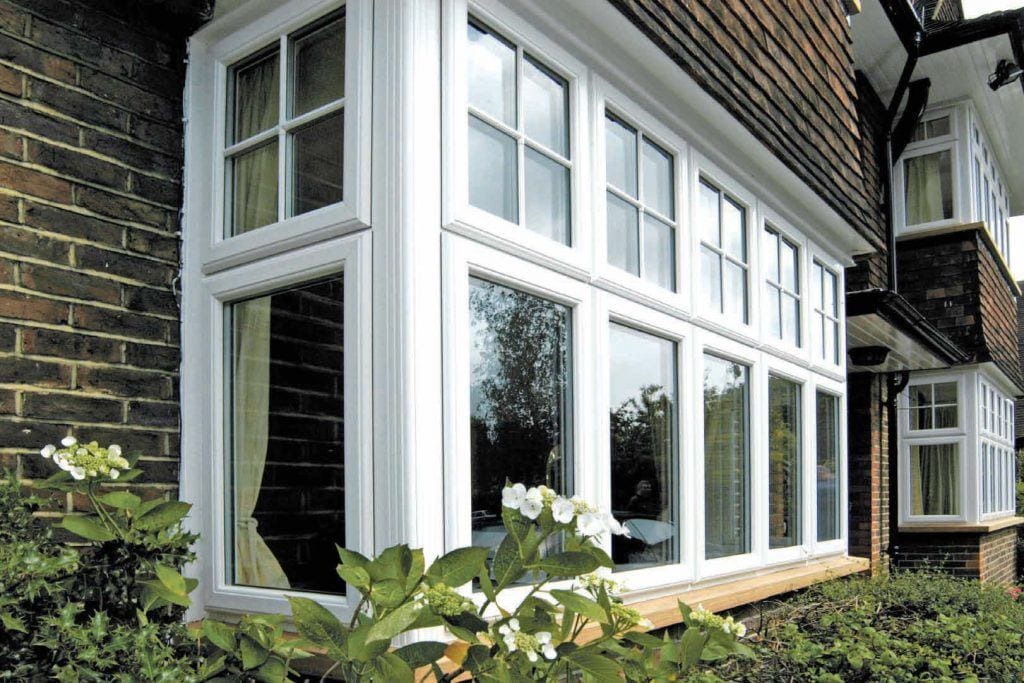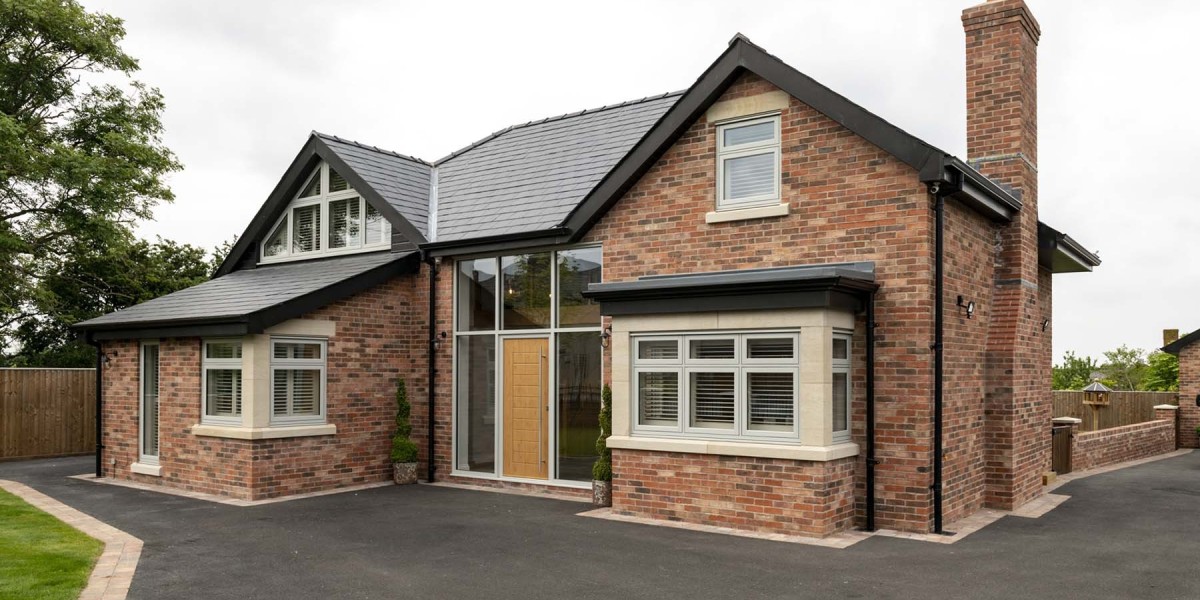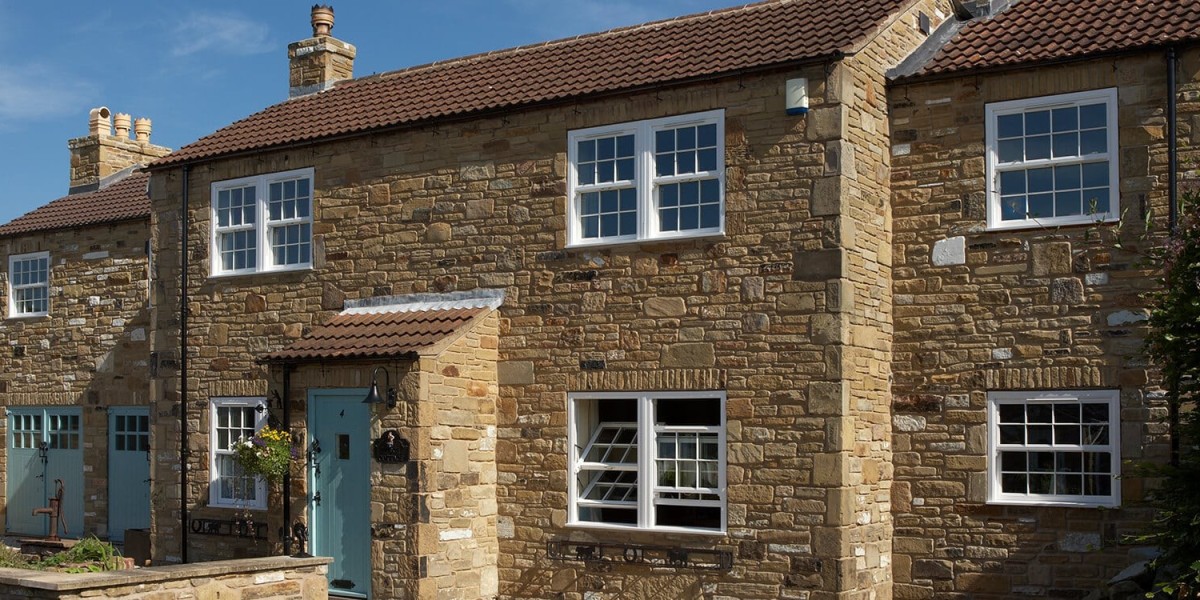Double glazing has long been recognized as a fundamental component in enhancing the energy efficiency and comfort of residential and commercial buildings. Traditionally, double glazing consists of two panes of glass separated by a space filled with air or gas, which serves as an insulator. However, recent advancements in technology have significantly improved the performance, aesthetics, and functionality of double glazing systems. This article explores the latest innovations in double glazing, highlighting their benefits and implications for homeowners and builders alike.
Enhanced Insulation Properties
One of the most significant advancements in double glazing technology is the improvement in insulation properties. Modern double-glazed windows now utilize argon or krypton gas between the panes, which offers superior thermal insulation compared to traditional air-filled units. These inert gases have lower thermal conductivity, reducing heat transfer and enhancing the overall energy efficiency of the windows.

In addition to gas filling, advancements in spacer technology have also contributed to improved insulation. Traditional metal spacers can create thermal bridges, allowing heat to escape. Newer warm-edge spacer systems made from materials such as polymer or composite materials minimize this effect, resulting in lower U-values (a measure of heat transfer). This means that modern double-glazed windows can keep homes warmer in winter and cooler in summer, significantly reducing energy bills.
Low-E Coatings
Low-emissivity (Low-E) coatings represent another breakthrough in double glazing technology. These microscopic layers are applied to the glass surface and work by reflecting heat back into the room while allowing natural light to enter. This dual functionality ensures that homes remain bright and inviting without sacrificing energy efficiency.
Recent developments have led to the creation of advanced Low-E coatings that can adapt to varying weather conditions. For instance, some coatings can reflect infrared heat during hot weather while allowing it to enter during cooler months, effectively regulating indoor temperatures year-round. This dynamic capability not only enhances comfort but also reduces reliance on heating and cooling systems, further lowering energy consumption.
Acoustic Insulation
In urban environments, noise pollution can be a significant concern for homeowners. Recent advancements in double glazing have addressed this issue by incorporating specialized acoustic glazing. This technology involves using laminated glass or varying the thickness of the glass panes to reduce sound transmission effectively.
Acoustic double glazing can significantly lower external noise levels, creating a more peaceful indoor environment. This is particularly beneficial for homes located near busy roads, airports, or construction sites. By combining acoustic properties with energy efficiency, modern double glazing solutions cater to the diverse needs of homeowners, ensuring comfort in both thermal and auditory aspects.
Smart Glazing Technology
The integration of smart technology into double glazing represents a groundbreaking shift in how windows can function. Smart glazing systems can change their properties in response to environmental conditions, providing dynamic control over light and heat entry.
For instance, electrochromic glass can change its tint when an electrical current is applied, allowing users to adjust the amount of sunlight and heat entering their homes. This technology not only enhances comfort but also helps in reducing glare and protecting furniture from sun damage. Additionally, smart glazing can be integrated with home automation systems, enabling homeowners to control their windows remotely through smartphones or smart home devices.
Sustainable Manufacturing Practices
As the demand for eco-friendly building materials grows, the double glazing industry has made strides towards sustainability. Manufacturers are increasingly focusing on using recycled materials and reducing waste during production. For example, some companies are now producing double-glazed units using recycled glass, which not only minimizes environmental impact but also reduces costs.
Moreover, advancements in manufacturing techniques have led to more efficient production processes, lowering energy consumption during the creation of Double Glazing Installation-glazed windows. This commitment to sustainability extends beyond production, as many modern double-glazing systems are designed for easy disassembly and recycling at the end of their life cycle.
Aesthetic Innovations
While functionality is paramount, the aesthetic appeal of double glazing has also seen significant advancements. Modern designs now offer a wide range of styles, colors, and finishes, allowing homeowners to choose windows that complement their architectural vision. From sleek, minimalist frames to traditional wooden finishes, the options are virtually limitless.
Furthermore, advancements in manufacturing have enabled the production of larger panes of glass with minimal framing, maximizing natural light and providing unobstructed views. This trend towards expansive glass installations not only enhances the aesthetic appeal of a property but also creates a seamless connection between indoor and outdoor spaces.
Energy Efficiency Ratings
With the introduction of more stringent energy efficiency regulations, double glazing products are now subject to comprehensive rating systems that help consumers make informed choices. The Window Energy Rating Scheme (WERS) and similar initiatives provide clear information on the energy performance of double-glazed windows, allowing homeowners to select products that meet or exceed their energy efficiency goals.

These ratings take into account factors such as thermal performance, solar gain, and air leakage, providing a holistic view of how well a window will perform in real-world conditions. As awareness of energy efficiency grows, consumers are increasingly leaning towards products with high ratings, driving innovation in the double glazing sector.
Conclusion
The advancements in double glazing technology represent a significant leap forward in energy efficiency, comfort, and sustainability. With enhanced insulation properties, smart glazing capabilities, and a focus on aesthetics, modern double-glazed windows are transforming the way we think about our living spaces. As the industry continues to innovate, homeowners can expect even more efficient, stylish, and functional solutions that contribute to a more sustainable future. Investing in the latest double glazing technology not only enhances the comfort and value of a property but also plays a crucial role in reducing our environmental footprint. As we move towards a greener future, double glazing stands out as a key player in the quest for energy-efficient living.








